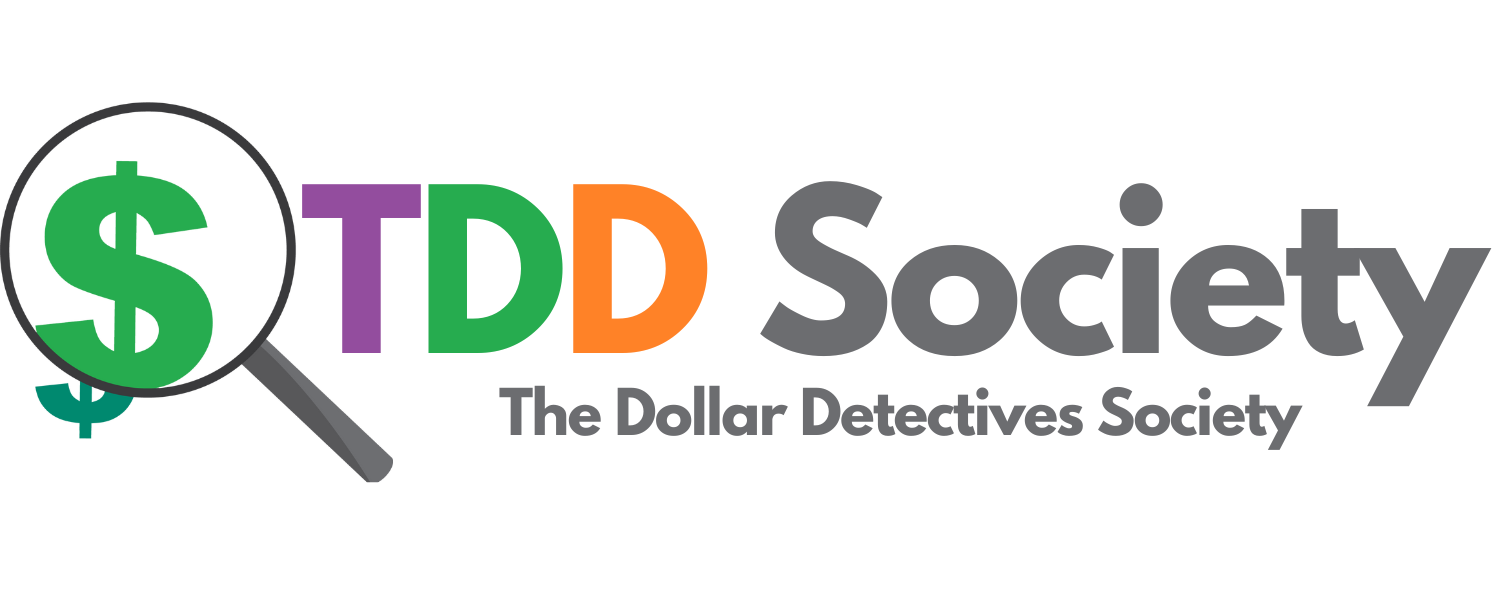
Retirement Planning in Canada: A Guide
Retirement planning is essential for ensuring financial security and a comfortable lifestyle after leaving the workforce. In Canada, the government provides various resources and programs to help individuals plan for retirement effectively. Below is a detailed overview of key aspects of retirement planning in Canada.
Planning and Saving for Retirement
- Determining Financial Needs: It’s crucial to estimate how much money you will need in retirement based on your expected expenses, lifestyle, and inflation. A common rule of thumb is saving enough to replace 70-80% of your pre-retirement income.
- Starting Early: The earlier you begin saving, the more time your investments have to grow through compounding.
- Savings Vehicles: Canadians can save through Registered Retirement Savings Plans (RRSPs), Tax-Free Savings Accounts (TFSAs), and employer-sponsored pension plans.
Sources of Retirement Income
- Public Pensions:
- Canada Pension Plan (CPP): Provides monthly payments based on contributions made during your working years.
- Old Age Security (OAS): A government-funded pension available to most Canadians aged 65+.
- Guaranteed Income Supplement (GIS): Additional support for low-income seniors.
- Employer Pension Plans:
- Defined contribution plans, group RRSPs, and voluntary savings plans offer options for employees to save for retirement with potential employer contributions.
- Personal Savings:
- RRSPs allow tax-deferred growth, while TFSAs offer tax-free withdrawals.
- Other savings include mutual funds, stocks, and real estate investments.
Retirement Checklist
To ensure financial well-being in retirement:
- Create a budget that accounts for housing, healthcare, food, transportation, hobbies, and travel.
- Review your savings and investment portfolio regularly.
- Understand the impact of inflation on future expenses.
Tax Deductions, Credits, and Expenses
Retirees can reduce their tax burden by claiming deductions such as medical expenses and pension income splitting. TFSAs are particularly advantageous as withdrawals are tax-free.
Housing Options for Seniors
Consider downsizing or exploring senior-friendly housing options to manage costs effectively. Options include independent living communities or assisted living facilities based on health needs.
Annuities
Annuities provide guaranteed income during retirement. Types include fixed annuities (stable payments) and variable annuities (payments based on investment performance). Evaluate fees and terms before purchasing.
Working While Receiving a Pension
Retirees can continue working while receiving CPP or OAS benefits. However, additional income may affect GIS eligibility or trigger higher taxes.
Stages of Retirement Planning
- Young Adulthood (21–35):
- Focus on saving small amounts regularly to benefit from compounding interest.
- Midlife (36–50):
- Maximize contributions to RRSPs or employer-sponsored plans while managing other financial obligations like mortgages or loans.
- Pre-Retirement (50–65):
- Shift investments toward conservative options like bonds or GICs. Take advantage of catch-up contributions to RRSPs.
Estate Planning
Prepare a will and consider trusts to ensure assets are distributed according to your wishes while minimizing estate taxes.
Medical Insurance
Healthcare costs often rise with age. Government-sponsored Medicare covers basic needs, but supplemental insurance may be necessary for additional coverage.
Your Next Steps Toward Financial Freedom
Retirement planning in Canada involves a mix of public pensions, personal savings, employer-sponsored plans, and careful financial management. By starting early and leveraging available resources like CPP, OAS, RRSPs, and TFSAs, Canadians can build a secure financial future for their retirement years.
Take control of your future today! Explore these resources to learn more:
- Canada Pension Plan (CPP) Overview
- Old Age Security (OAS) Program
- Registered Retirement Savings Plan (RRSP)
- Tax-Free Savings Account (TFSA)
- Retirement Planning Tools
Start small, stay consistent, and watch your savings grow!
